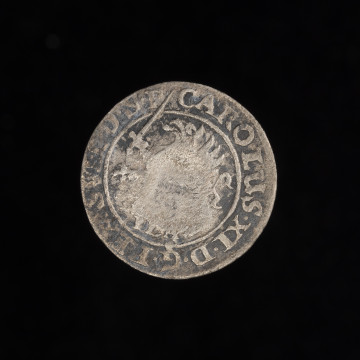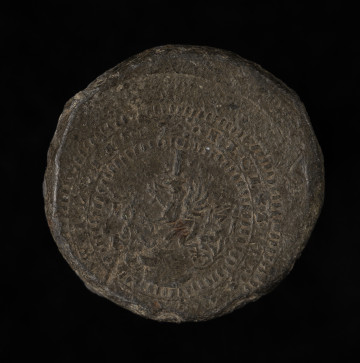
1/12 of a thaler
1763
National Museum in Szczecin
Part of the collection: Pomeranian coins
The peak of the inflation measures was in 1762, when the thickest coins - 1/3 of a thaler - were minted to 37 thalers Münzfuß from grzywna. Several mintmasters were involved to mint coins in the same denomination from different quality of silver. Only a few knew the secret of their marking, which came to light once the war ended and inflation money were exchanged. The presented 1/6 of a thaler (four groschen) was minted with the iconographic scheme from 1760 with ruler's bust on the obverse and the name of the denomination and points at the mintmasters's initial on the reverse. The points at the initials meant weak silver, their absence indicated better quality and exchange rate. In 1761, as many as six mintmasters' inititals appeared on the stamps, and the Münzfuß of these denominations increased over the year from 31 to 37 coins with the face value of 1/3 of a thaler from grzywna. In 1763, inflation coins could be exchanged in five cities – Stralsund, Greifswald, Wolgast, Barth and Bergen, with a very short exchange date. Based on the weight of grzywna, all 1/6 of a thaler (four groschen) were withdrawn from circulation and replaced with new 1/12 of a thaler (two groschen) minted to the 13-thaler Leipzig standard. Genowefa Horoszko
Author / creator
Object type
coin
Technique
coining
Material
silver
Origin / acquisition method
acquisition
Creation time / dating
Creation / finding place
Owner
Muzeum Narodowe w Szczecinie
Identification number
Location / status

1763
National Museum in Szczecin

1691
National Museum in Szczecin

1631
National Museum in Szczecin
DISCOVER this TOPIC
National Museum in Szczecin
DISCOVER this PATH
Educational path